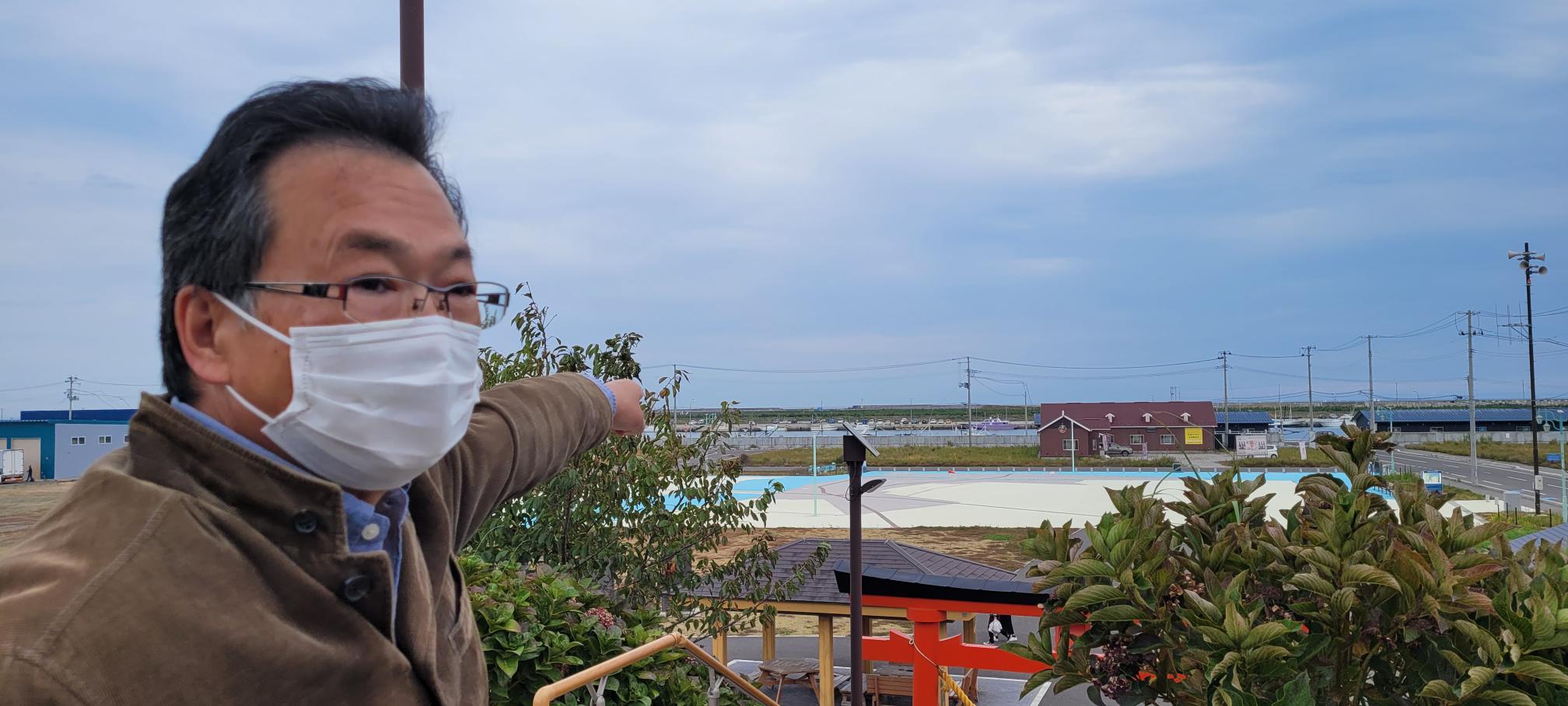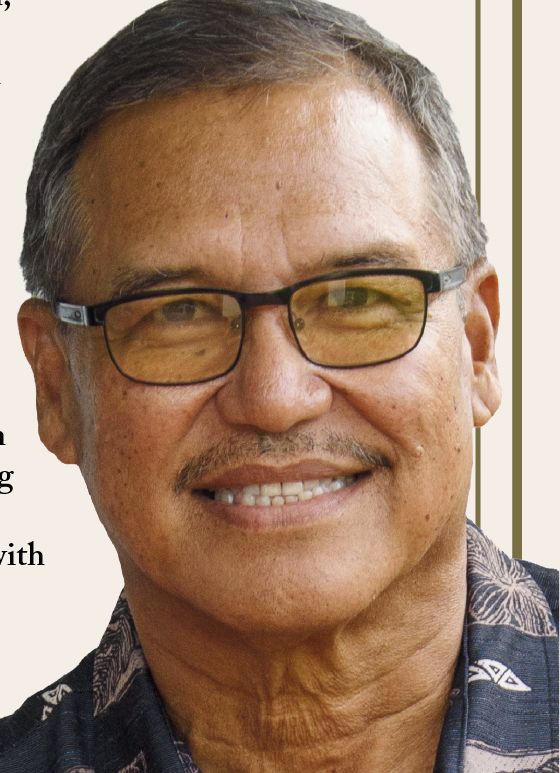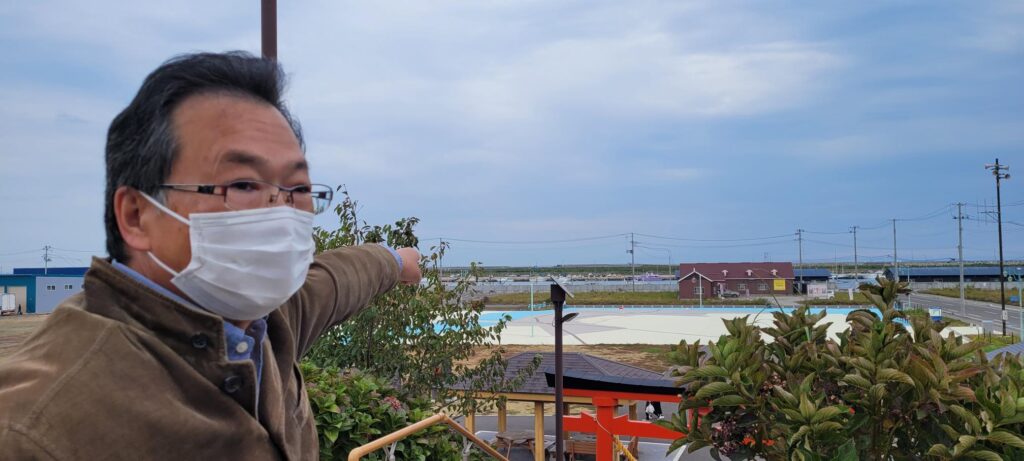NATORI CITY, Japan — It was a Friday afternoon when a Magnitude-9 earthquake shook the people of Yuriage District in Natori City, one of many communities along the northeastern Japan coast devastated in March 2011 by the “Great East Japan Earthquake.”
Just a few days prior, when the district endured a Magnitude 6 earthquake, there were warnings from the municipal administration to prepare for a possible tsunami. Hours passed, and no tsunami followed, leading to residents letting their guards down. This followed other tsunami warnings over the years that amounted to nothing. People became complacent — until that day 11 years ago, when a massive tsunami finally came.
A local resident, 64-year-old Naomitsu Kakui of the Association to Tell the Story of the Yuriage Disaster, has made it his mission to continue to pass on stories of that fateful day. A little over an hour after “The Great East Japan Earthquake” hit on March 11, 2011, tumultuous tsunami waves came from the south, north, and eventually the east, flooding the Yuriage River. The tsunami traveled roughly six kilometers inland, destroying homes, and taking with it, automobiles, boats, ships, and the lives of thousands of people.
Even for a nation that is recognized globally for its precision and technological advancement, when the earthquake hit districts such as Yuriage, people were not prepared. Some people who were outdoors ran home, others left evacuation shelters to collect items from their houses, while a number of others ran into their cars, only to all be swept away by the tsunami. Kakui said that the biggest mistakes that were made that day were being complacent, uninformed, and unprepared.
“It was like a bad dream,” he said. Kakui lost his elderly mother and father that day. “We were a family of six,” Kakui said, noting that now, only he, his wife, and their two children — who were in the fifth and seventh grade at the time — remain. His father was swept away with his home, while his mother, who was on her way to an evacuation shelter, did not make it to safety in time and was also lost to the 8.4-meter-high tsunami.
Kakui said that in the aftermath of this natural disaster, many lessons were learned. During the district’s recovery efforts, a decades-old stone monument was uncovered, that records a similar incident that their ancestors had endured. Clear as day, the monument reads, “If an earthquake happens, a tsunami will soon follow.” Had the district known of this ancestral knowledge, perhaps the 12% of the local population who died would be among the living today.
Kakui said due to an electrical problem with the district’s public warning system, no tsunami alerts were issued on March 11. He added, however, that even if early warnings had been given, it is possible that more people would have died. He said that this was because at the time, the people of Yuriage were complacent. Over the years, they warned time and time again of impending tsunamis, only to never be hit by a tsunami. Kakui said that residents would often say that a tsunami would never hit the district. Whenever an earthquake would hit, people would just go about their day, and not really take the municipal administration’s warnings seriously.
On March 11, 2011, Kakui was in Sendai, a neighboring city, when he felt the ground shake violently. While footage shows countless people rushing out of the local airport, with security guards seemingly unsure of what to do, there were those who remained indoors and survived the tsunami. As the undulating tsunami waves flowed through the tarmac, filled with debris, people in the airport were horrified at the scene. It would be four days before the search and rescue teams would reach them, delayed by mountains of debris on the roads. Reliant on food and drinks from the shops within the airport, these people were among the few thousand who lived to see another day.
Among the survivors were some who sought refuge on a city overpass. A handful of others who had been caught in the waters held onto the overpass railings, holding on for dear life, eventually being helped to safety onto the overpass by those who were already there. They kept warm through the heat of a nearby burning fire, a result of the collision of debris and fuel colliding. Several fires, similar to this, filled Yuriage. It would be nearly a decade before the district recovered.
Today, the people of Yuriage have rebuilt. Although nothing like it was before, the district has many infrastructure improvements, including a 7.2-meter-high dike that is more than twice the height of the former one, and is part of a barrier stretching for hundreds of kilometers. Apartment buildings, such as one near the Natori City Earthquake Recovery Reconstruction Museum, have built-in emergency access to their roofs that anyone can use in case of another tsunami. An 8.4-meter-high memorial was built, as high as the tsunami had risen, serving as a reminder of that grim day.
Perhaps among the most important structures is the stone memorial, now placed near the Yuriage River, warning people to beware of tsunamis. Kakui hopes that by telling the stories of the district’s past, present and future generations will be better prepared for whatever comes — including disasters — both natural and manmade.

Naomitsu Kakui of the Association to Tell the Story of the Yuriage Disaster points to the east, where one of several tsunami waves tore through the district.











